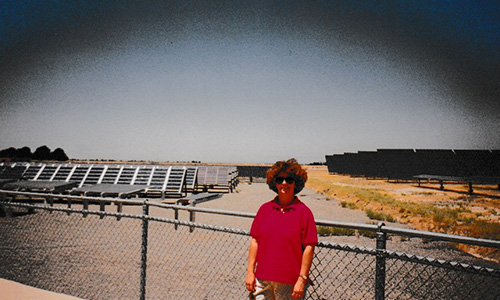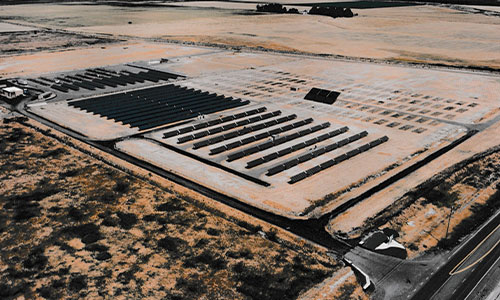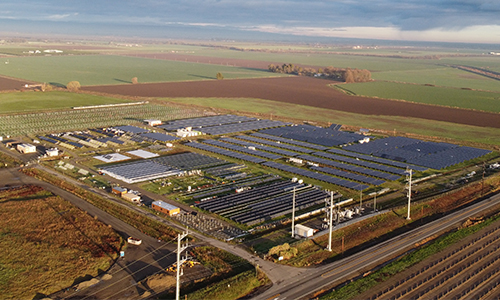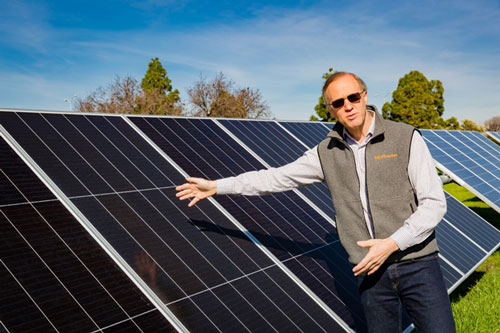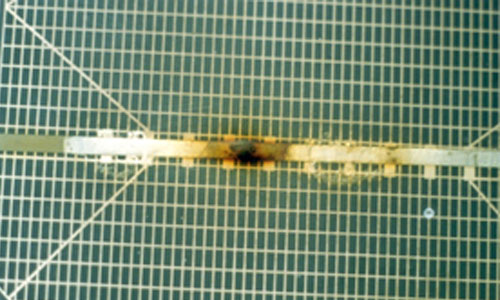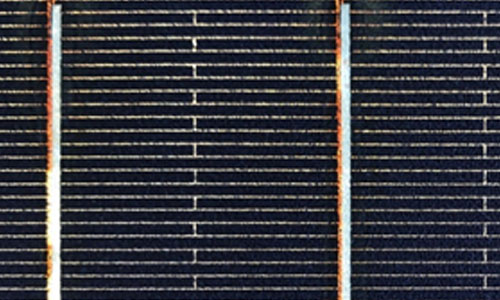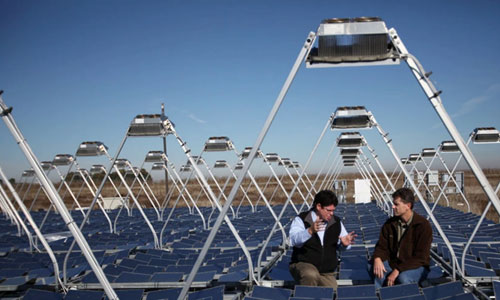In 1986, a PV module cost about 9.40 USD/watt. President Reagan dismantled the solar array on the White House. Solar PV technology was unproven commercially and its outlook was uncertain, to say the least. But in Davis, California, a dedicated team of scientists was beginning to a develop a research site that helped transform solar PV into a scalable technology. The 86-acre, purpose-built testbed was named the Photovoltaics for Utility-Scale Applications research site, or PVUSA.
By the time PV Evolution Labs (PVEL) started testing at PVUSA in 2011, the cost of a PV module had dropped to just 1.39 USD/watt and more than 30 GW of solar was installed worldwide. Over the past decade, the expansion of solar power has continued to skyrocket. Clearly, many different factors have contributed to this growth, but the work conducted at PVUSA played an important part.
